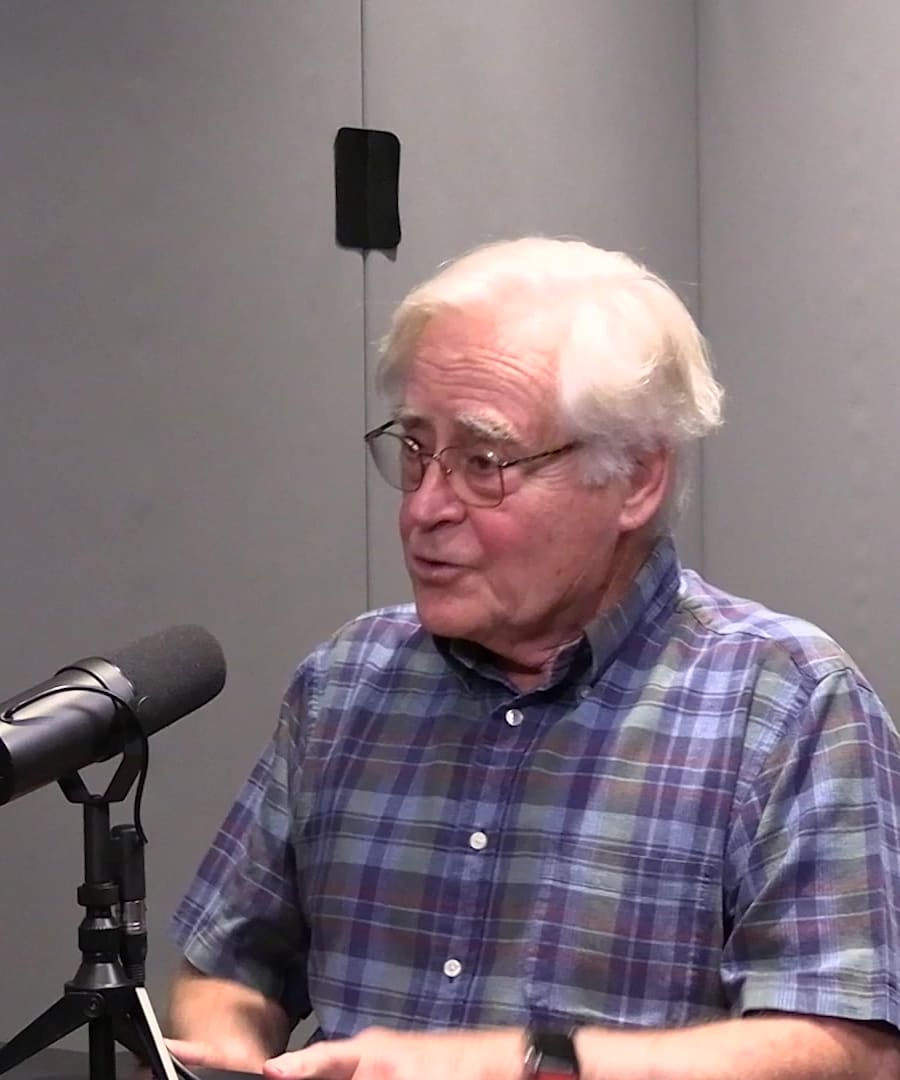What was said about socks and thermal regulation for improving sleep
Sources:
Recent discussions on the Huberman Lab about socks and thermal regulation indicate that temperature control is critical for better sleep quality.
-
Optimal Sleeping Environment: A cool sleeping environment is essential because it facilitates thermoregulation. This allows the body to cool down, which is necessary for falling asleep. Exposing heat loss areas like hands and feet can aid in this process. If the room is too warm, it may lead to discomfort and wakefulness during the night. It's recommended to keep the sleeping environment cooler and to use blankets as needed to maintain comfort without overheating 1.
-
Wearing Socks: While there has been advice suggesting wearing socks during sleep to keep the feet warm, explains that this can restrict the natural thermoregulation through the glabrous skin of the feet. For people who often get too warm at night, wearing socks could be detrimental since it prevents the feet from releasing heat. In contrast, wearing socks might be beneficial for those who tend to feel cold and struggle with sleep due to cold feet 1 2.
-
Thermal Manipulation: Warming certain body areas (like the hands and feet) prior to sleeping can help drop core body temperature effectively, thus promoting faster sleep onset. This method capitalizes on the body's natural thermoregulation response, making it a potential strategy to enhance sleep quality (3).
In summary, while socks can promote warmth for individuals who run cold, it's generally advised to maintain a cooler sleeping environment and allow for temperature regulation to optimize sleep quality.
RELATED QUESTIONS-
Yes but Dr walker was talking about something related to socks
Sources:
In the recent episode with Dr. Matthew Walker, he discussed the relationship between temperature regulation and socks for improving sleep. Here are the key points:
-
Temperature Regulation: Dr. Walker emphasizes that maintaining a cool sleeping environment is crucial for achieving restful sleep. Ideally, the ambient temperature should be around 67°F (approximately 18.5°C) to effectively decrease core body temperature, which is necessary for falling asleep and staying asleep 1.
-
Use of Socks: While the environment should be cool, Dr. Walker mentions that wearing thick socks to bed can be beneficial. This approach helps keep the feet warm, aiding in the overall process of thermoregulation, while still allowing for a lower ambient temperature 1.
-
Footwarming Technology: Dr. Andrew Huberman also suggested the potential for a footwarming technology that could be integrated into mattresses or developed as portable warming socks. This would allow individuals to warm their feet at the beginning of the night, aligning with the concept of warming up to facilitate cooling down for better sleep 2.
Overall, the combination of a cool ambient temperature and appropriate thermal regulation through clothing like socks can enhance sleep quality.
RELATED QUESTIONS-
Elaborate on footwarming tech
Sources:
In a discussion about sleep technology innovations, and explored the concept of footwarming technology. Here are the highlights:
-
Footwarming Technology: They are considering developing footwarming technology that could be integrated into mattresses, which could help regulate body temperature for better sleep quality. Companies like Eight Sleep are mentioned as potential collaborators in this space 1.
-
Portable Warming Socks: proposed the idea of portable warming socks. These would help keep the feet warm at the start of the night, making it easier to fall asleep by utilizing the principle of warming up to cool down for rest. This could be particularly useful for travel or varying sleeping environments 1.
-
Thermal Regulation Importance: The underlying idea is that keeping the feet warm while maintaining a cool ambient temperature can enhance sleep quality. The strategy emphasizes the importance of temperature regulation; one should warm up before sleep and cool down during it to promote better rest and alertness upon waking 1.
Overall, the development of such footwarming technologies could provide practical solutions for improving sleep by leveraging our understanding of temperature's impact on sleep physiology.
RELATED QUESTIONS-
Huberman discussed that these socks should have more functions
Sources:
and elaborated on the multifunctional possibilities for the proposed portable footwarming socks. Here are some additional features discussed:
-
Thermal and Auditory Stimulation: They suggested integrating thermal (heating elements) and auditory components. The idea is to provide auditory stimulation, akin to acoustic tones, aimed at enhancing sleep quality by targeting specific sleep stages : cite[chunk_755318].
-
Enhanced Comfort and Utility: The socks could aim not only to warm the feet but also enhance overall comfort while sleeping or during travel. This addresses temperature regulation, which is crucial for initiating sleep. The incorporation of these features could move beyond simple warming to a more holistic sleep tool that promotes relaxation and comfort while regulating temperature efficiently : cite[chunk_755318].
-
Potential for Biometric Feedback: Although not explicitly stated, the discussion suggested possibilities for incorporating biometric feedback mechanisms that could monitor temperature and sleep quality to adjust the sock's heating elements in real-time, benefiting users more dynamically during sleep.
Overall, the incorporation of multiple functions into the footwarming tech could significantly enhance its utility, thereby improving the user's sleep experience.
RELATED QUESTIONS-
What was said about socks and thermal regulation for improving sleep
- RELATED QUESTIONS
Yes but Dr walker was talking about something related to socks
- RELATED QUESTIONS
Elaborate on footwarming tech
- RELATED QUESTIONS
Huberman discussed that these socks should have more functions
- RELATED QUESTIONS




